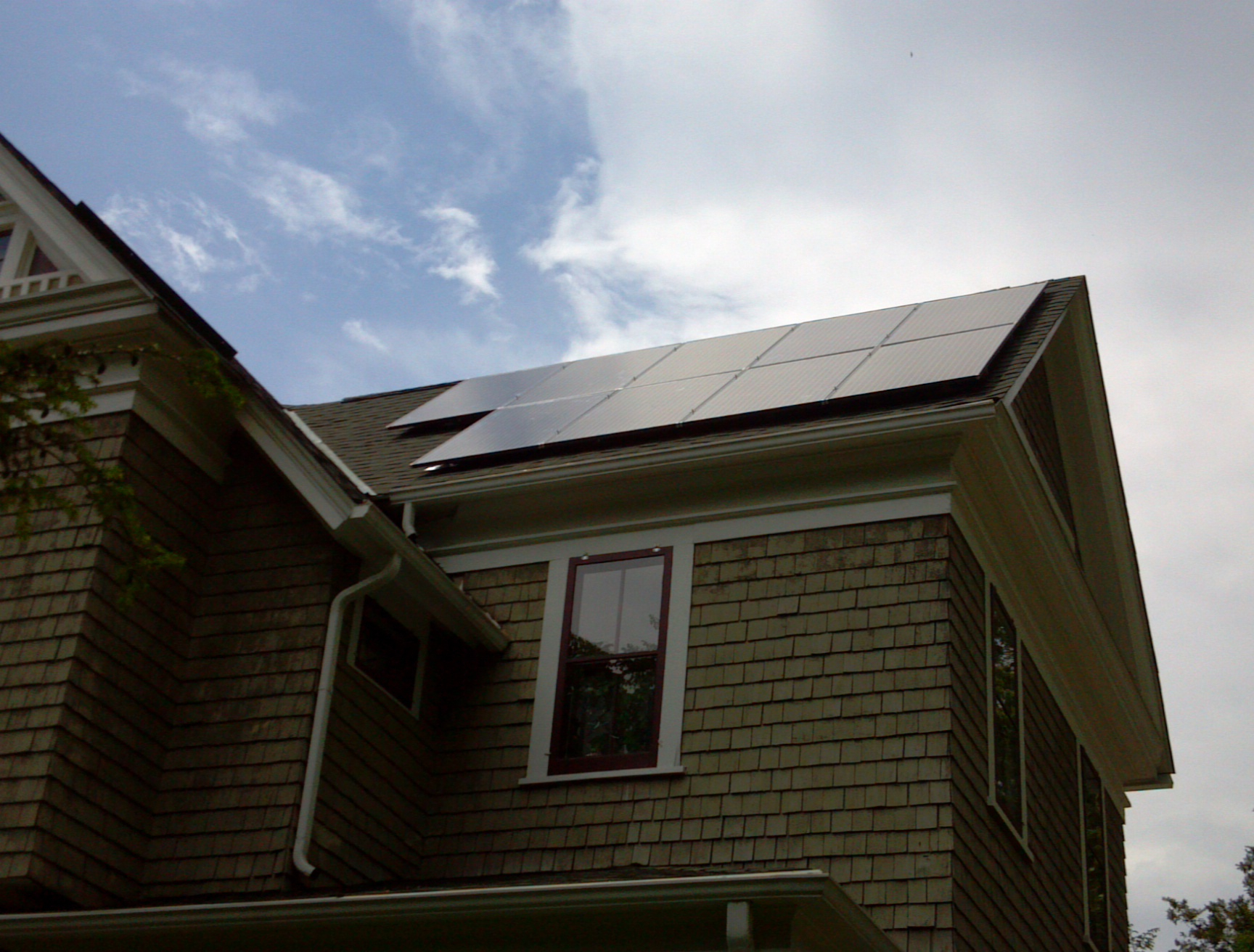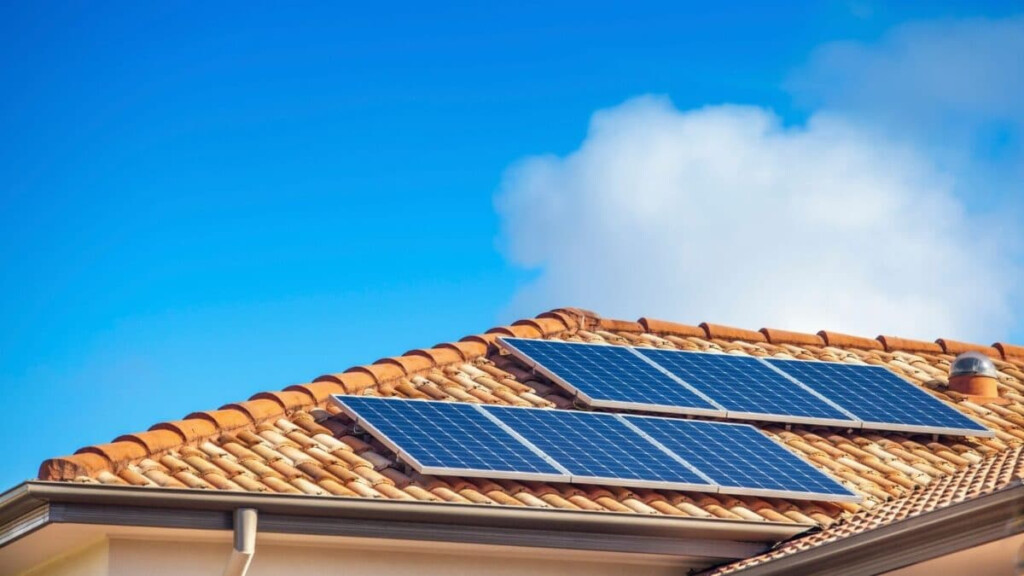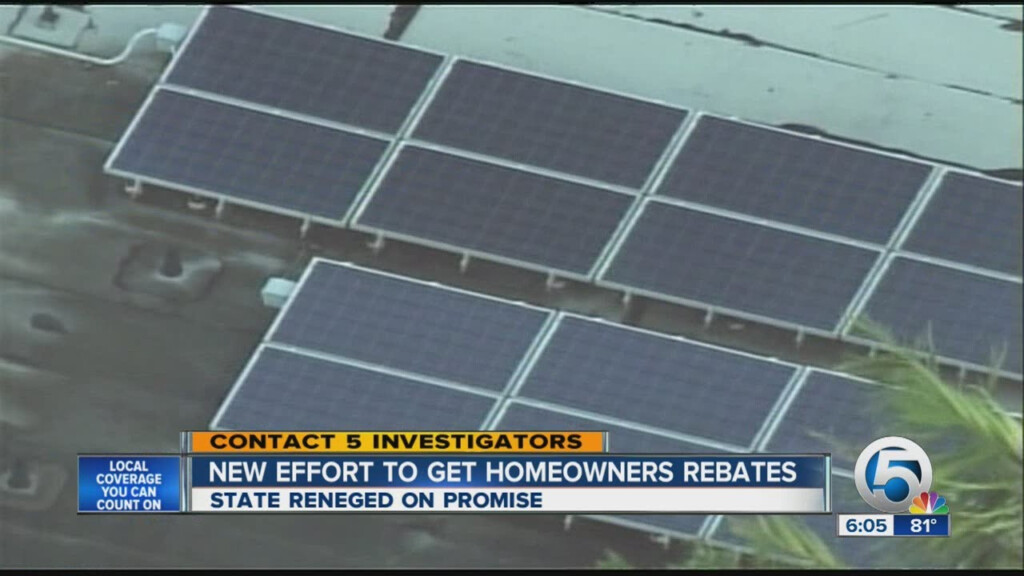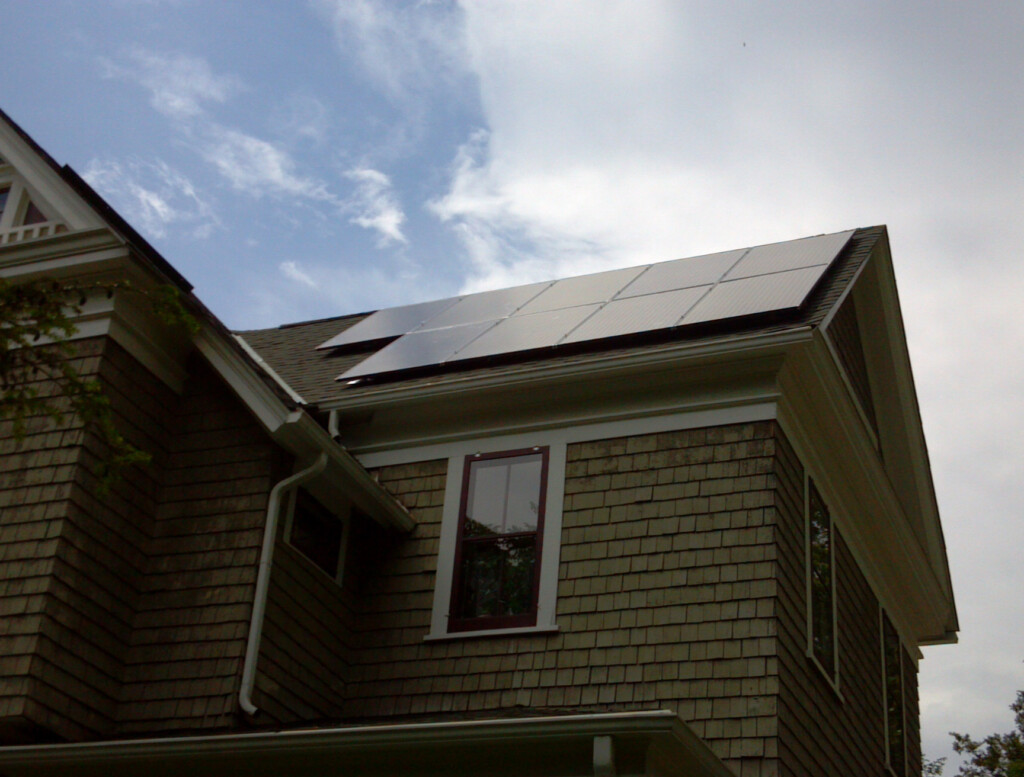Gulf Power Solar Rebate Program – Solar Power rebates are available in several forms. Among them are Small-scale technology certificates, Federal tax credits, State sales tax exemptions, and net metering. These rebates can help you pay for your solar power system. Find out more about these rebates. Below are some examples of rebates that may be available.
Certificates for small-scale technology
A certificate called the STC can be used to get a rebate on solar power. The STC is calculated using the Small-scale Renewable Energy Scheme’s (SRES), which takes into account the date of installation, the location and the amount of electricity the solar PV system can generate over its lifetime. STCs are issued for up to 20 years, although the deeming period will decrease each year as the scheme nears its end.
STCs are issued for solar photovoltaic panels that are smaller than 100 kW in size. STCs are issued as part of the SRES initiative, which encourages the use of small-scale renewable energy sources. These solar panels can generate up to a megawatt hour of electricity, and the number of STCs issued will depend on the installation date and location.
To offset the costs of solar panels or other small-scale technologies, STCs can either be sold, bought, or traded. In Australia, you can obtain up to $2700 in rebates by using small-scale technology certificates.
Federal tax credit
The Federal tax credit for solar power is an incentive for people who use solar energy to power their home or business. You must own your solar PV system to be eligible for the credit. It cannot be leased or purchased through a solar power purchase agreement. Nevertheless, the credit does cover solar PV cells, panels, wiring, inverters, and other solar system components.
The solar investment tax credit was created by the Energy Policy Act of 2005. Although originally scheduled to expire in 2007, it was extended several times by Congress due to its popularity with homeowners. As of August 2022, the solar tax credit will increase from the previous 26% to 30%. The credit will remain at this level until Jan. 1, 2033. After that, the credit will gradually decrease to 22% and eventually phase out entirely in 2035.
Installing a solar photovoltaic panel on their primary or second residence is eligible for a Federal tax credit. The homeowner must finance the system and have it installed at their primary or second residence. You may also be eligible if you participate in a community-based solar project.
State sales tax exemption
The New York State Department of Taxation and Finance has recently published an official publication describing its sales tax exemptions for solar energy systems. This publication details how to apply for the exemption as well as details about the rates applicable to solar energy equipment in each jurisdiction. It also provides additional guidance on the process. This publication is an excellent resource for those interested in solar energy for their homes and businesses.
There are 48 rates available for residential solar energy systems, and 93 rates available for commercial solar energy system. Only eight jurisdictions, however, have chosen to exempt commercial systems from the 0% rate. Additionally, more local jurisdictions now tax electricity produced by commercial solar energy systems.
Another incentive is to look into solar tax exemptions. These incentives can significantly reduce the upfront costs of solar panels. Although these tax benefits are not available in every state, they can make solar panels more affordable. For example, a state sales tax exemption may reduce your solar installation cost to as little as $16,000, making the total investment in solar a more affordable option.
Net metering
Net metering allows homeowners to get credits from their local utility companies in return for their excess solar electricity. There are a few conditions that must be met to qualify for net metering. For starters, it must be owned by the same customer, be located on the same property, and be part of the same load zone. The New York Independent System Operator sets these parameters and reserves the right to investigate individual customer accounts. In addition, net metering accounts must be metered separately and be operated separately from other solar projects.
Net metering works to reduce the overall cost of electric power, which benefits consumers and the environment. The program reduces electricity demand, which in turn lowers transmission upgrade costs and improves reliability of the electric grid. In addition, it creates jobs in the solar supply chain. The solar industry is the fastest-growing sector in America, employing 250,000 people. The strong state net metering policies have helped this industry flourish.






